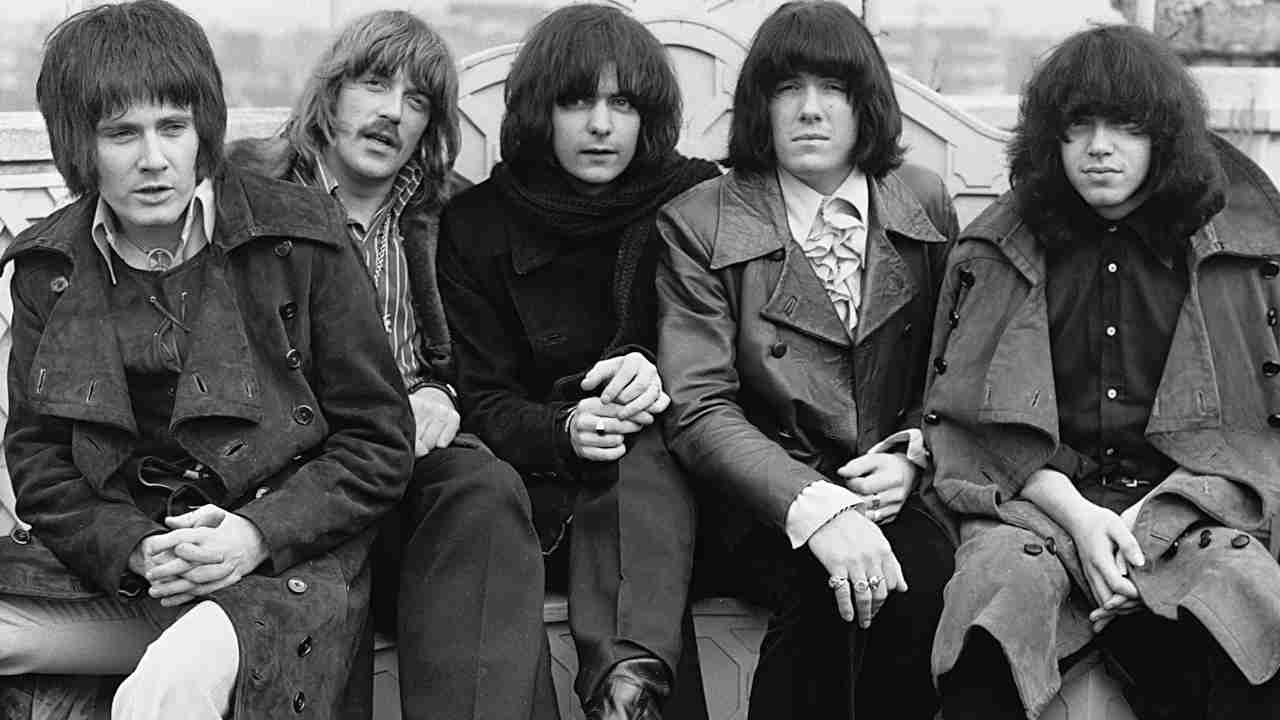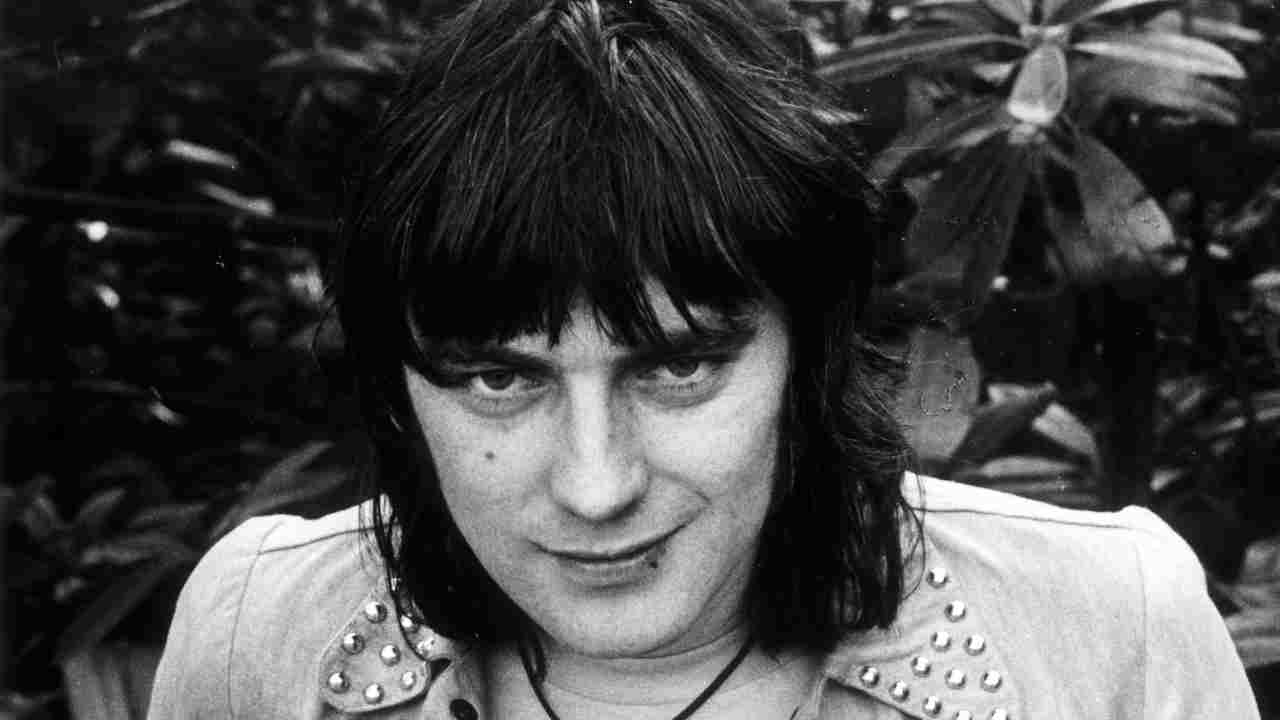“Vanilla Fudge had covered a Supremes hit and turned it into something else. That’s what the band tried to do – put their own spin on it”: The iconic cover version that launched a legendary hard rock band – but nearly turned them into one-hit-wonders
It came a year before Led Zeppelin and Black Sabbath released their debut albums

1968 can legitimately lay claim to being the year hard rock was born. Led Zeppelin and Black Sabbath were both formed, the former coming together from the ashes of The Yardbirds, the latter initially under the name Earth.
In the US, Iron Butterfly scored a hit with their single In-A-Gadda-Da-Vida and fellow proto-heavy rockers Blue Cheer and Vanilla Fudge released landmark records.
But the biggest success story of all came from an unlikely source: a British band who scored an unexpected US Top 5 single with a heavied-up cover of country song, launching them into the stratosphere but briefly threatening to turn them into one-hit-wonders.
Hush blasted out of speakers in the summer of 1968 on the back of a racing pulse, shrieking organ fills, impossibly catchy chorus, taking the newly formed Deep Purple into the upper reaches of the US chart.
Deep Purple had formed at the start of 1968 by keyboard player Jon Lord, guitarist Ritchie Blackmore and bassist Nick Simper, soon to be joined by singer Rod Evans and drummer Ian Paice.
The band worked fast, releasing their debut album, Shades Of Deep Purple, in July 1968. It mixed organ-and-guitar-driven originals such as Mandrake Root and One More Rainy Day with a handful of covers, including a slowed-down version of The Beatles’ Help and Hey Joe, recently made famous by Jimi Hendrix.
In among the covers was the track that would propel Purple to stardom: Hush.
Sign up below to get the latest from Classic Rock, plus exclusive special offers, direct to your inbox!
First recorded by American country-soul singer Billy Joe Royal, who’d been gifted the song by his friend Joe South, Hush came to define early Purple in its mercurial fusion of psychedelic R&B and hard-nosed rock.
Purple’s Hush might not have happened at all, had it not been for Vanilla Fudge’s epic revamp of a Motown classic the previous year.
“Vanilla Fudge had covered a Supremes hit [You Keep Me Hangin’ On] and turned it into something else,” explains Purple bassist Roger Glover. “And that was such an inspiration. That’s what the band tried to do with Hush: put their own spin on it.”
Crucially, Purple’s Hammond player Jon Lord and original bass player Nick Simper had shared a bill with Vanilla Fudge, when both were part of the live set-up for the Flower Pot Men. Fudge’s Mark Stein’s dynamic organ lines made a particular impression on Lord.
With its mid-tempo southern chug, the original Hush felt mannered compared with Purple’s untamed romp. Ritchie Blackmore had heard Royal’s version not long after its release in 1967, and immediately saw the potential. All it needed, he decided, was a tougher, bolder arrangement.
Recorded at London’s Pye studio in the spring of 1968, during sessions for their debut album Shades Of Deep Purple, Hush very nearly didn’t happen at all.
The song had been earmarked for the final track-list, but nobody had thought to bring along a copy of Royal’s recording as a guide.
It was left to Simper to hastily phone his friend Rod Freeman, who’d recently been singing Hush with a band. Freeman fetched up with his guitar and dutifully wrote down the chords and lyrics.
The album completed, Deep Purple still weren’t convinced. The band pushed Parlophone to release their cover of The Beatles’ Help as a debut single, but their paymasters were instead intent on issuing Hush. It was a move that paid off, at least overseas.
Built around a surging rhythm (likened by Lord to a samba) and irresistible ‘Na-nana-na’ vocal spurts, the song peaked at No.4 on the US Billboard chart and also charted high in neighbouring Canada and in parts of Europe. Oddly, the UK proved resistant to Hush’s charms.
The song immediately became a highlight of Purple’s set-list. But Hush’s success, Purple struggled to follow it with another hit.
Subsequent covers of Neil Diamond’s Kentucky Woman and Ike And Tina Turner’s River Deep, Mountain High failed to scale the same heights when they were released as singles. Their own song, Emmaretta, fared even worse, barely registering on the charts when it came out in 1969.
Purple’s fortunes only began to change when they fired Rod Evans and Nick Simper and recruited singer Ian Gillan and bassist Roger Glover in 1969,
“I’d first heard Hush on the radio by an English guy called Kris Ife,” recalls Glover,
“Then six months or a year later I was playing it with Purple. We were doing a lot of covers in those early days: Hush, Kentucky Woman, Help!, Hey Joe. Even the first single I played on, Hallelujah, was a cover.”
By 1970, Deep Purple were making strides with their own songs, most notably Black Night, but Hush remained a key part of their live set.
Glover and Gillan finally got to record it during a studio jam in 1988, and the new version closed that year’s Purple live collection Nobody’s Perfect, released to salute the band’s 20th anniversary.
Having dropped it from their tour set-list for a time, Hush was eventually revived at the insistence of guitarist Steve Morse shortly after taking over as Blackmore’s permanent replacement in 1994. It’s been part of their encore ever since, often taking on different shapes.
“We don’t necessarily stick to the arrangement,” Glover explained. “We play around with little movements within the song. If you listen back to our early stuff, people forget that Purple was a jamming band.”
Hush has inspired many other covers over the years, including by the Love Affair, Johnny Hallyday, Thin Lizzy and Kula Shaker, but Deep Purple’s version remains unrivalled. Over half a century on, it’s central to the band’s DNA.
“The essence of the band was always great musicians,” reckons Glover. “You had Jon on one side and Ritchie on the other. Then Gillan and I came from a pop band, which was a good thing because you have this naivety balanced with virtuosity.
“To me, that was the key to what the Deep Purple sound was. And still is.”
This feature was originally published in Classic Rock issue 297
Freelance writer for Classic Rock since 2008, and sister title Prog since its inception in 2009. Regular contributor to Uncut magazine for over 20 years. Other clients include Word magazine, Record Collector, The Guardian, Sunday Times, The Telegraph and When Saturday Comes. Alongside Marc Riley, co-presenter of long-running A-Z Of David Bowie podcast. Also appears twice a week on Riley’s BBC6 radio show, rifling through old copies of the NME and Melody Maker in the Parallel Universe slot. Designed Aston Villa’s kit during a previous life as a sportswear designer. Geezer Butler told him he loved the all-black away strip.
You must confirm your public display name before commenting
Please logout and then login again, you will then be prompted to enter your display name.

